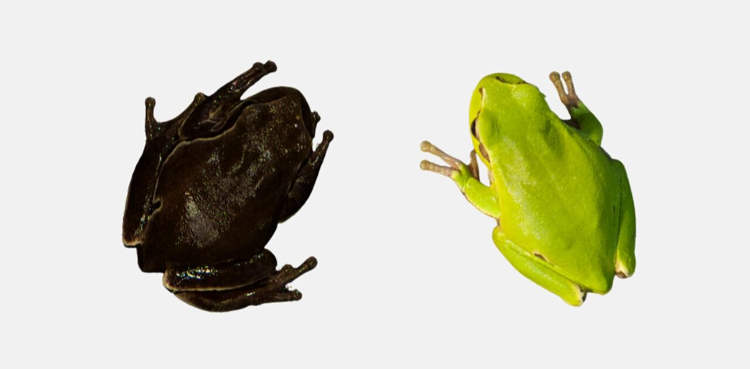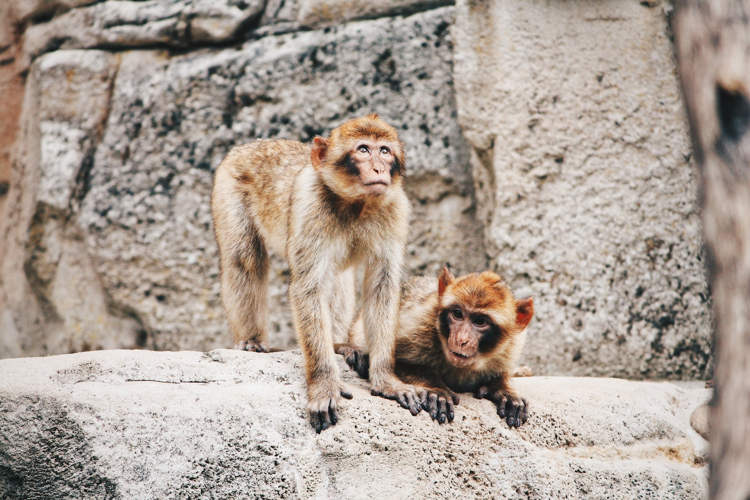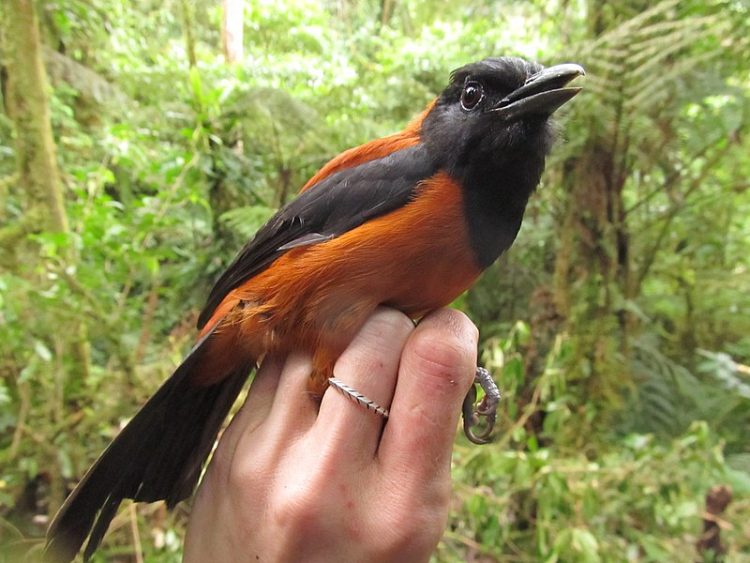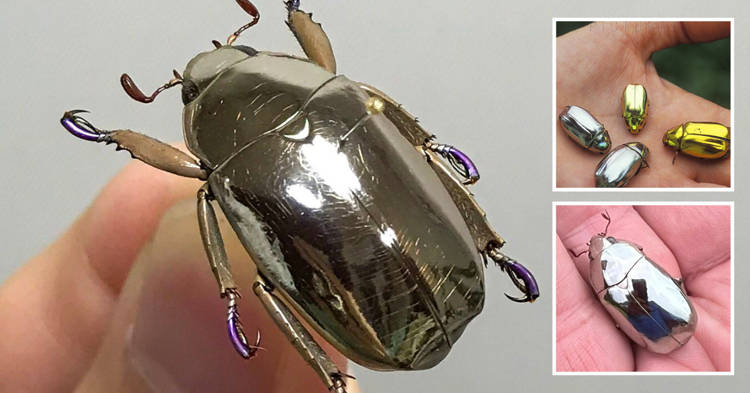A 33-year-old gorilla who has spent most of her life alone inside a metal cage on the seventh floor of a shopping mall in Bangkok, Thailand, has been dubbed the world’s loneliest gorilla.
Bua Noi was only one when she was put into the cage that would become her permanent home for more than three decades. She was one of the main attractions of a bizarre zoo – if one could even call it that – inside Bangkok’s oldest shopping mall, Pata Pinklao Department Store, and owners refused to relocate her to a more suitable location, despite numerous requests from animal rights activists and the Thai Government. Even today, Bua Noi’s owners refuse to let her live out the rest of her days in a sanctuary, with other members of her species.





















